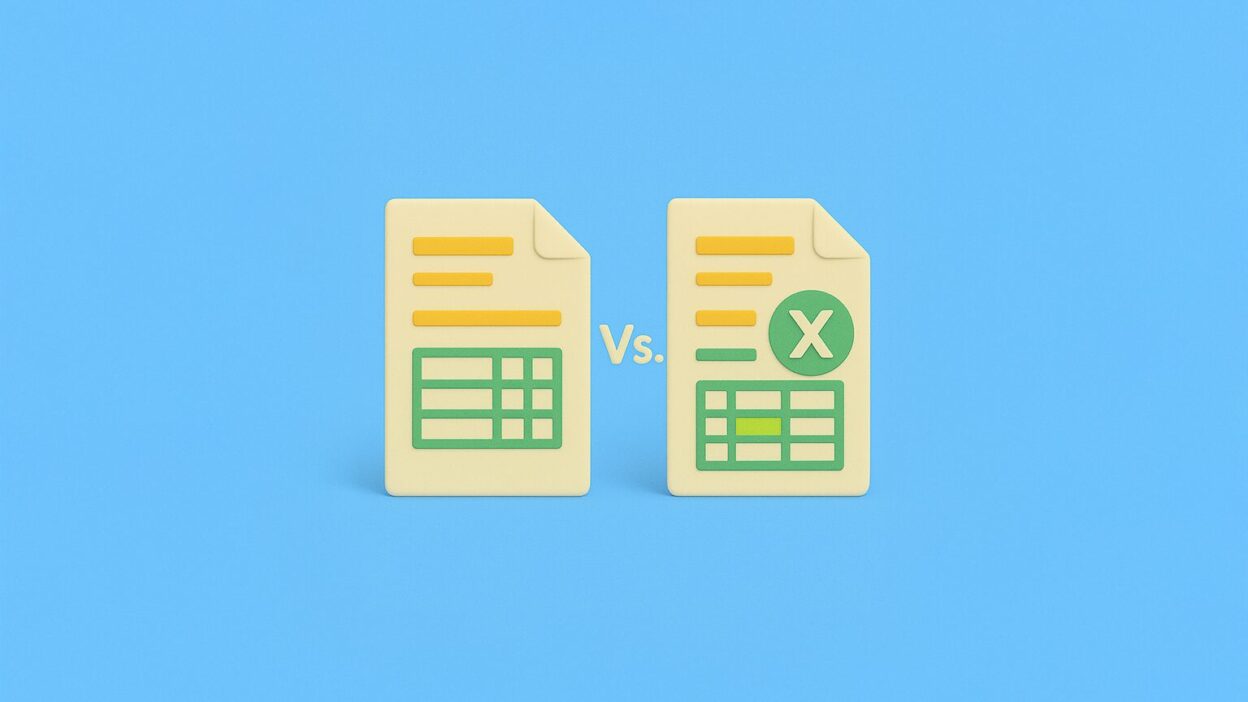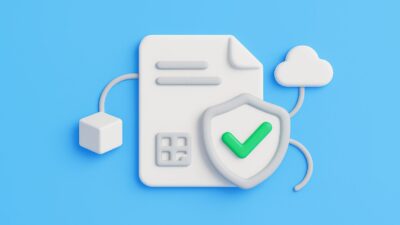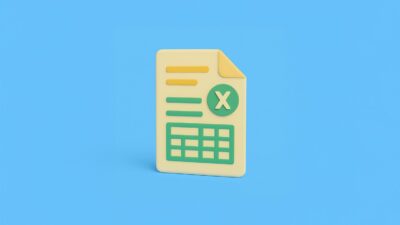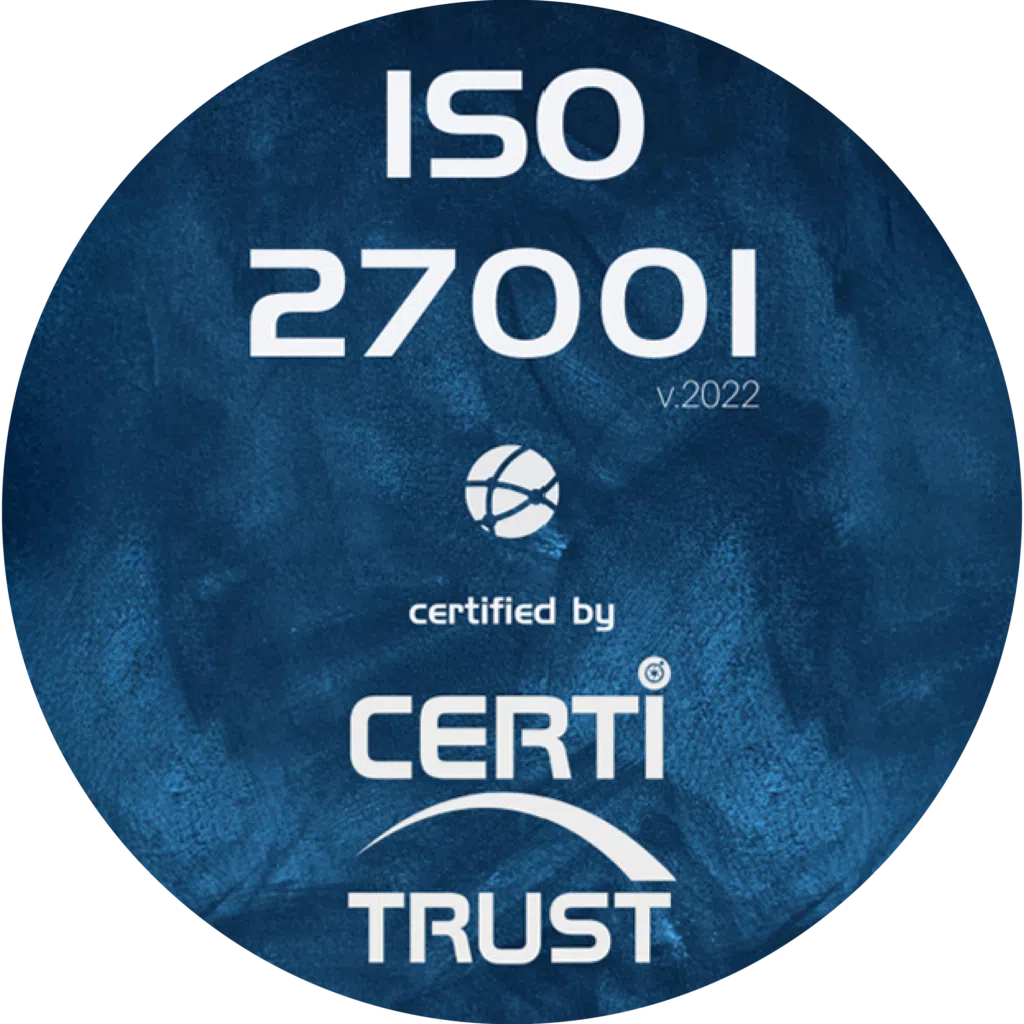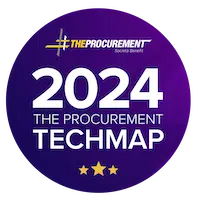From September 2026 until 2027, the French government plans to make electronic invoicing and declaration widespread. As a result, it has established the legal framework for mandatory large-scale electronic invoicing between private companies (B2B), as well as for electronic declarations (primarily intended to declare the value of VAT to the State). The main aim is to modernise the current tax system and reduce the VAT gap (€13 billion).
But how will this differ from our current invoicing system? You’ll find the answers to all your questions in our article.
What is electronic invoicing?
Electronic invoicing, or e-invoicing, is defined as “theexchange and storage of legally valid invoices in electronic format solely between business partners“. The obligation to send electronic invoices applies only to businesses established in France that are subject to value-added tax (VAT). It will apply to all invoices relating to sales of domestic goods and services between taxpayers (also known as business-to-business transactions).
More specifically, invoicing in Factur-X format will be mandatory when:
- The supplier is a taxable business established in France.
- The buyer is a taxable business established in France.
- The transaction is subject to French invoicing rules.
This implementation will combine electronic invoicing with the mandatory electronic declaration or “electronic transmission of invoicing data”.
What is an electronic declaration?
E-reporting is a declaration system similar to electronic invoicing for B2B transactions.
For B2B transactions :
- Thetransaction must be carried out between two taxable businesses, one of which is not established in France
OR
- Thetransaction must be subject to VAT in France between two taxable businesses not established in France.
What is a supplier invoice?
A supplier invoice is a sales document issued by the supplier and received by the purchasing customer.
The supplier invoice details a transaction between the buyer and the seller. If the seller has granted credit to the buyer for the sale, the invoice usually specifies the terms of payment and offers options for payment methods.
Suppliers may also choose instead to send a month-end statement in the form of an invoice for all outstanding transactions. In this case, the company shouldmake it clear that no subsequent invoices will be sent.
In the past, invoices were usually issued in paper format in several copies, so that the buyer and seller each had a record of the transaction for their own files. Today, invoices generated by electronic invoicing software are commonplace, making it easier to search for and sort specific transactions or dates.
What is Factur-X?
Factur X is the French name for a popular Franco-German electronic invoicing standard. Its current, full version (Factur-X 1.1) is equivalent to ZUGFeRD 2.1 (the German version), making them compatible. The two standards combine the most commonly used invoice formats: PDF and XML.
Like ZUGFeRD invoices, Factur X invoices are created in a PDF format containing two files – an invoice PDF and a data file.
The standard complies with European standard EN 16931, which defines the standards and technical rules for electronic invoicing in Europe, to ensure interoperability and compliance with legal provisions. The technical specifications of the common standard are based on the international UN/CEFACT standard “Cross Industry Invoice (CII)” and on the ISO PDF/A-3 standard.
Factur-X aims to create added value for suppliers and billers by providing as much information as possible in a structured form. The standard is continually developed and maintained under the aegis of the French National Forum for Electronic Invoicing and Electronic Public Procurement (FNFE-MPE).


The differences between the invoice and Factur-X
First of all,the Factur-X is an invoice in a new electronic format. The main difference is that, in addition to the PDF format, the document is coupled with an XML format that can be automatically read by a machine. This data will be retrieved, analysed and transmitted to the Public Finance Department via a public invoicing portal.
This public billing portal, commonly known as PPF, will accept only 3 formats:
- XML UBL,
- xML CII
- The Factur-x
The Factur-X format
The Invoice-X is a PDF/A-3 file, i.e. a “mixed” or “hybrid” format that combines both a PDF and a structured file. In other words, this format is made up of :
- An invoice in human-readable PDF format
- A structured data file (XML file) containing the invoice details.
The structured part will enablethe invoice to be automatically integrated into your management system, such as an ERP or accounting software.
Factur-X data
So that Factur-X can be received and processed by all companies wishing to integrate it directly into their software, its standard format allows several data profiles to be structured according to regulatory and business requirements:
- MINIMUM: The MINIMUM profile contains only the essential details of the buyer and seller, the total amount of the invoice and the sales tax. Only the buyer reference can be entered here and the sales tax breakdown is not supported.
- BASIC: The BASIC profile can be used for simple VAT-compliant invoices.
- BASIC WL: The BASIC WL profile does not contain any invoice elements and cannot display VAT-compliant invoices. At document level, however, it contains all the information needed to register an invoice, which means that it is also a registration aid.
- EN16931/ COMFORT: The EN 16931 (COMFORT) profile contains all the relevant elements that an electronic invoice should contain and reproduces EN 16931-1 in full.
- EXTENDED: This profile is an extension of EN 16931-1 to support complex business processes. This applies, for example, toinvoices that are settled on several deliveries/places of delivery, structured payment terms, etc.
Automatic transmission to the Public Billing Portal (PPF)
Electronic invoicing will be accompanied by thetransmission of invoicing data to the authorities via the Public Billing Portal (or PPF, which is currently being built using the CHORUS PRO architecture).
The PPF is responsible for transmitting information on companies’ economic transactions to the tax authorities, either via electronic invoicing (e-invoicing) or for any other economic transaction (e-reporting).
Companies can choose to receive invoices directly or to go through one or more PDPs, which will carry out consistency checks and forward the data to the tax authorities.
Using a Partner Dematerialisation Platform (PDP)
From 2026, businesses will have two options for sending electronic invoices and fulfilling their reporting obligations in the B2B sector. As with the B2G requirements, they will be able to use the services of a third-party provider (PDP) for electronic invoicing and reporting. In this case, the third-party service provider has two distinct tasks – it is responsible both for transmitting the electronic invoice to the customer and for transmitting the prescribed information to the French tax authorities.
In this case, the partner uses its own cloud solution to feed Chorus Pro, the national platform for managing electronic invoices. A second option would be touse the official invoicing portal (Portail Public de Facturation, PPF for short) to transmit invoices and reports directly, and thenset up the connection to Chorus Pro themselves if necessary.
When selecting a Partner Dematerialisation Platform (PDP), it is also crucial for companies to bear in mind their commitments in terms of mandatory archiving and to consider whether they are dependent on sending and receiving invoices from international suppliers.
The challenges of Factur-X
The main challenge is to reduce payment times, which means speeding up the transmission and processing of invoices.
The number of B2B invoices is estimated at around 2 billion in France and 20 billion in Europe. The inter-company receivables carried by these invoices amount to €600 billion in France. This corresponds to 45 to 50 days’ sales on trade receivables (customer invoices issued). On the other hand, payment times for supplier invoices have resulted in a trade balance of between 11 and 14 days’ sales in recent years, with fairly wide disparities between business sectors and company sizes.
The contractual payment period (which may not exceed the maximum legal periods), i.e. the period between the invoice issue date and its due date, gives purchasing companies the time they need to process purchase invoices (transmission, distribution/routing, accounting, validation, payment). This process is often not optimised and its complexity is generally proportional to the size of the purchasing company. As a result, the actual payment period may exceed the contractual period, leading to payment delays.
All of this requires companies to mobilise their financial resources, both to meet the trade balance and to deal with the risk of late payment, which is often poorly anticipated and suffered by suppliers, and which can lead to suspension of payments, even for healthy businesses.
This is why reducing payment periods, starting with compliance with contractual deadlines, is a national issue, particularly to improve the health of the SME economic fabric and to ensure that companies’ resources are better aligned. By way of illustration, the average delay in payment of customer invoices corresponds to around 3.5% of the turnover that the supplier has to mobilise in extra cash to deal with this excess in Working Capital Requirement (WCR), instead ofinvesting itin Research and Development (R&D), for example.
The main challenge is therefore to reduce payment times, which starts with meeting contractual deadlines, but can also be achieved using third-party refinancing or discounting tools. To achieve this, the first requirement is tospeed up transmission times (by sending invoices electronically) and above allinvoice processing times, i.e. receipt, routing, accounting, reconciliation and validation before payment. As soon as a supplier invoice is validated quickly (before its due date), i.e. once the buyer has recognised that it corresponds to a purchase and above all to a delivery of goods or services, it becomes a “definite” receivable payable on the due date , and can even be re-financed under better conditions.
Weproc and Factur-X
From 2026 onwards, every company will need to be able to retrieve and store invoices received in Factur-X format. Weproc is a purchasing management software package that allows you to track and manage your orders, as well as reconcile and store invoices in each of your files.
Weproc’s Supplier Portal lets youallow all your suppliers to submit their invoices directly in Factur-X format. Your invoice management is assured by theautomation of reconciliations with purchase orders, while respecting the invoicing process.
Want to learn more about our Weproc procurement management software?
Contact us or request your 15-minute demo below!

